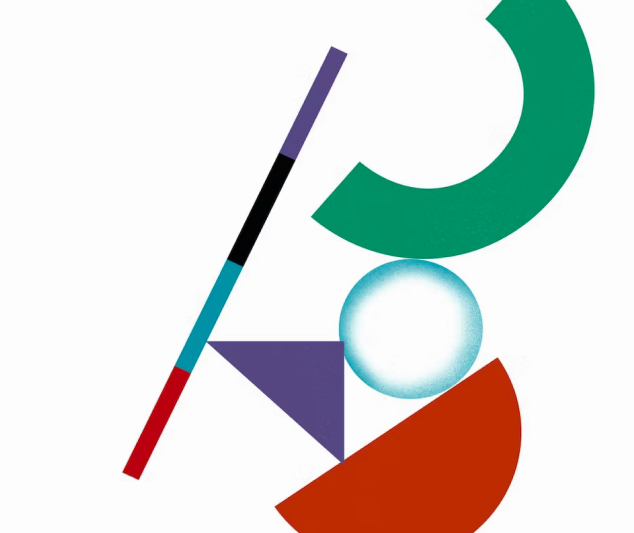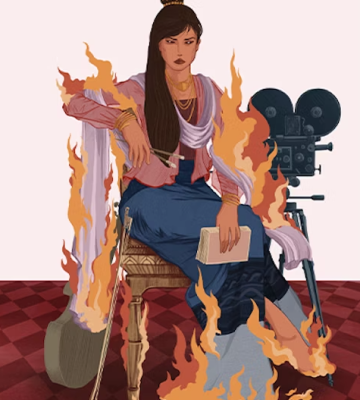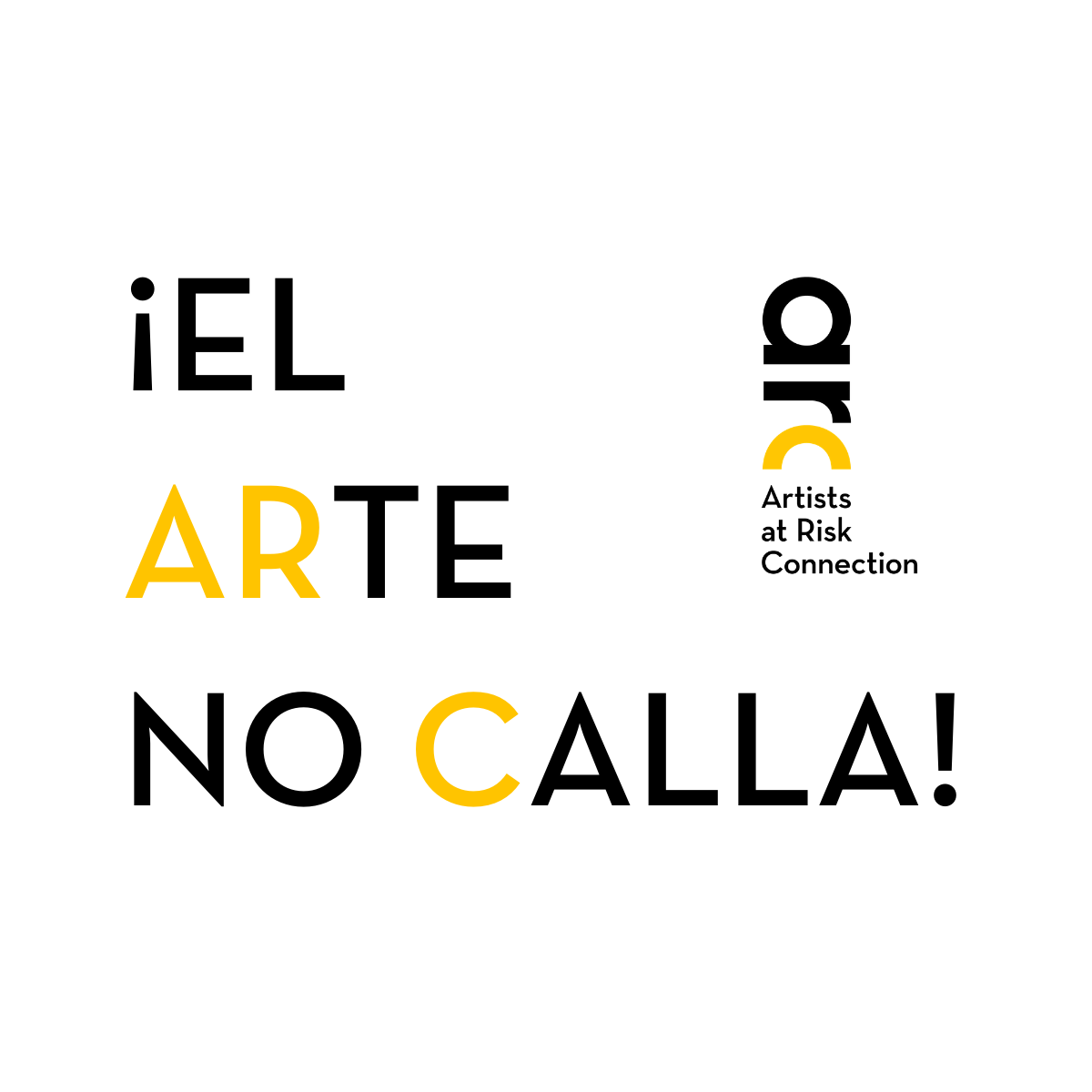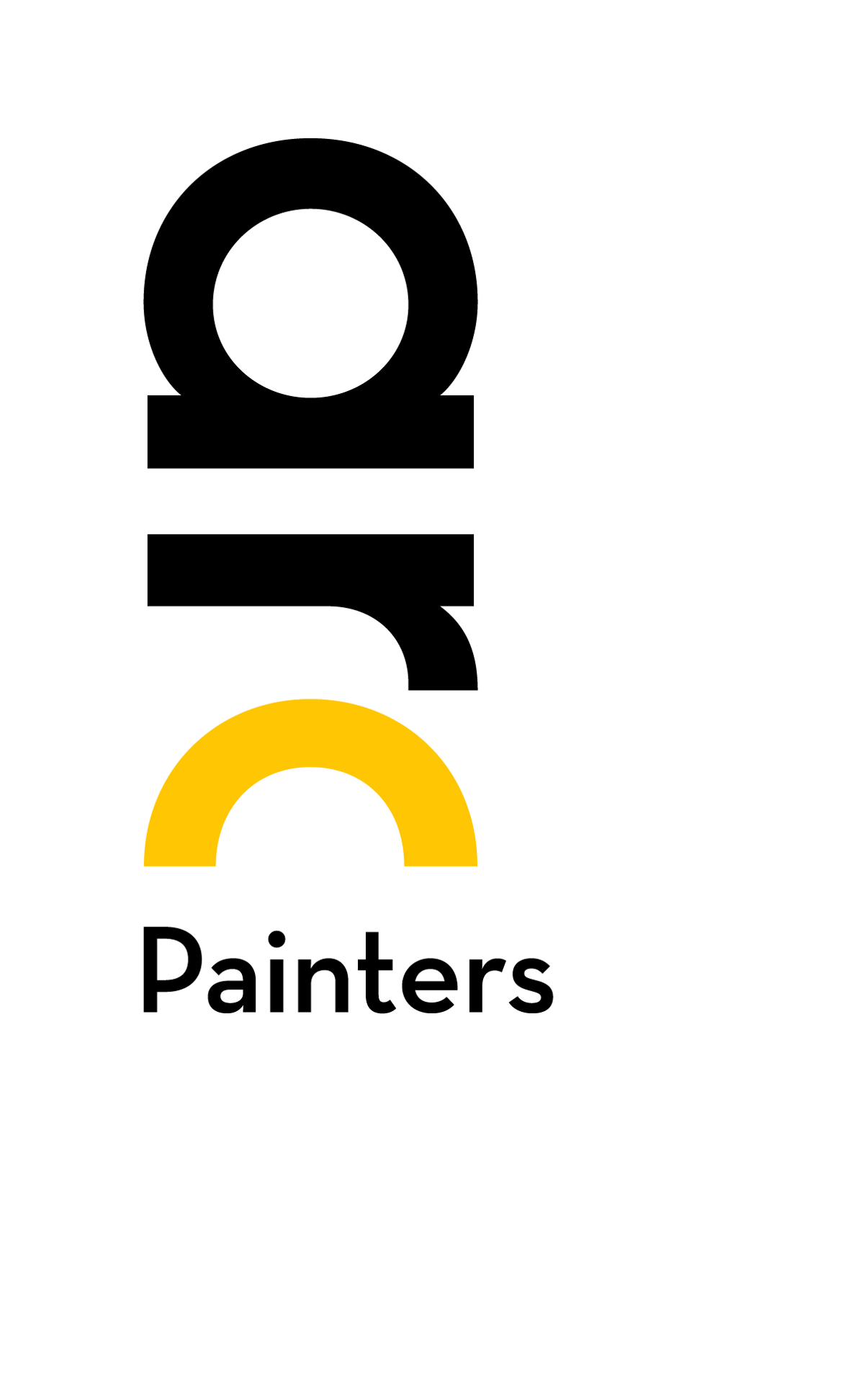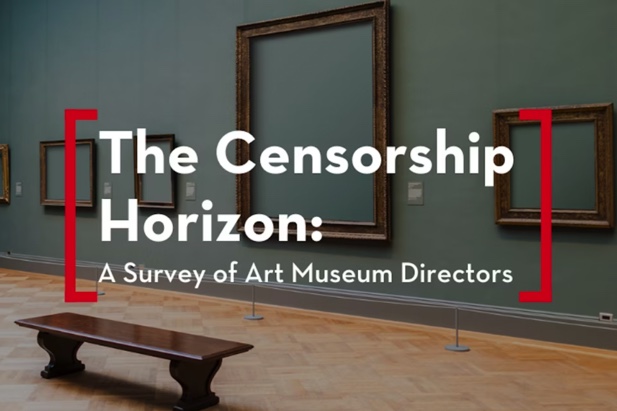Survey of Art Museum Directors Reveals Worries Over Censorship
United States
January 14, 2025
(NEW YORK)—A unique survey of U.S. art museum directors finds mounting concerns that threats of censorship have been worsening from multiple directions in recent years and that more calls might be coming in the near future to censor what they can display in exhibitions.
The survey was commissioned by the Artists at Risk Connection (ARC), Association of Art Museum Directors (AAMD), and PEN America, the free expression and writers group that for the past five years has documented a widespread rise in censorship in U.S. public schools and colleges, including book bans and laws erasing topics in classrooms.
Slover Linett at NORC, experts in social research in the cultural sector, administered the survey over several weeks last summer.
The three organizations joined forces to open a conversation about the state of art museum censorship and how their directors navigate such threats. The survey explores whether art museum directors view censorship threats as increasing and how they respond to them, especially amid a recent spate of state legislation seeking to impose ideologically-motivated censorship on public libraries and schools.
AAMD represents more than 220 of the leading art museums in the United States, Canada, and Mexico. This survey focused on museum directors working in the U.S.; slightly less than half of AAMD’s directors responded.
The survey found that art museum directors have experienced threats of censorship from across the political spectrum over the last decade, and see more on the horizon. Nearly half of the respondents (45%) reported experiencing pressure not to publicly display art because it was “considered potentially offensive or controversial.”
Notably, 90 percent of the directors surveyed said their museums had no written policies to set out procedures for responding to formal or informal challenges, including under what conditions they might alter their exhibitions.
Believed to be the first survey of its kind, the project is especially timely as this month Texas authorities seized photographs by Sally Mann that were part of an exhibition on view at The Modern Art Museum of Fort Worth. One of the survey partners, ARC, an international organization committed to promoting and advancing the right to artistic freedom worldwide, recently condemned the seizure and called it “alarming.”
When asked if censorship is currently a problem for art museums, only 20% of respondents reported a belief that it is “a very big problem.” However, nearly 75% indicated that it is at least “somewhat of a problem.” And 55% of respondents indicated that, compared to 10 years ago, censorship is a “much bigger problem for museums today.”
To address these challenges, the report recommends that museums create written censorship policies to guide their response to challenges and complaints, including under what conditions they might take action or alter exhibitions. Such procedures, the report said, can be a “vital baseline step towards inoculating against encroaching threats.”
Jonathan Friedman, PEN America’s Sy Syms managing director of U.S. Free Expression programs, said, “The survey confirms what we are watching in real-time: how pressures to censor are spreading across the American cultural landscape, affecting arts and literature, academia and journalism, and more. Whether it’s the cancellation of artists working on issues related to Israel and Palestine, the closing of exhibitions accused of being insensitive to racism, or the politicization of museums’ use of terms like “diversity” and “inclusion,” it is clear that the space for artistic expression and public engagement and debate is at risk of narrowing. The freedom to imagine and to create and display art is a vital part of our pluralistic democracy; it must be defended from anyone seeking to impose new strictures upon it.”
“Censorship in museums not only undermines artistic freedom, it also denies visitors the opportunity to form their own opinions and perspectives about the work they encounter—to be inspired, to have their identities affirmed, or even to have their biases or preconceptions challenged. Removing challenging artwork from view, out of moral panic or fear of reprisal, must be forcefully condemned. But museums also must be on guard not to succumb to self-censorship or intimidation. Calls to close exhibitions or remove artworks from view –not to mention the harassment, physical threats, or even legal prosecution that museum directors, curators, and artists may face – can be enough to discourage a museum from displaying controversial art at all.”
– Julie Trébault, ARC Executive Director
ABOUT AAMD
The Association of Art Museum Directors advances the profession by cultivating leadership capabilities of directors, advocating for the field, and fostering excellence in art museums. An agile, issues-driven organization, AAMD has three desired outcomes: engagement, leadership, and shared learning.
ABOUT ARC
Artists at Risk Connection (ARC) is an international organization committed to promoting and advancing artistic freedom worldwide. We work to protect artists and cultural workers who are at risk because of their creative expression, often connected to their identities or roles within their communities. ARC helps artists at risk overcome challenges like persecution, censorship, threats, and violence from both state and non-state actors.
ABOUT PEN America
PEN America stands at the intersection of literature and human rights to protect free expression in the United States and worldwide. We champion the freedom to write, recognizing the power of the word to transform the world. Our mission is to unite writers and their allies to celebrate creative expression and defend the liberties that make it possible.

